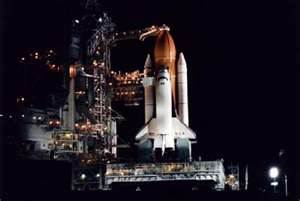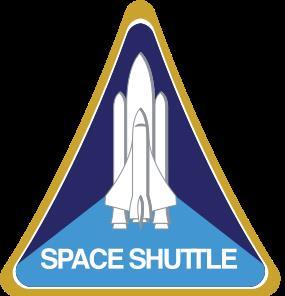


|
Flight
|
Rescue Flight
|
|
STS-114 (Discovery
|
STS-300 (Atlantis)
|
|
STS-121 (Discovery)
|
STS-300 (Atlantis)
|
|
STS-115 (Atlantis)
|
STS-301 (Discovery)
|
|
STS-116 (Discovery)
|
STS-317 (Atlantis)
|
|
STS-117 (Atlantis)
|
STS-318 (Endeavour)
|
|
STS-118 (Endeavour)
|
STS-322 (Discovery)
|
|
STS-120 (Discovery)
|
STS-320 (Atlantis)
|
|
STS-122 (Atlantis)
|
STS-323 (Discovery*)
|
|
STS-123 (Endeavour)
|
STS-324 (Discovery)
|
|
STS-124 (Discovery)
|
STS-326 (Endeavour)
|
|
STS-125 (Atlantis)
|
STS-400 (Endeavour)
|
|
STS-134 (Endeavour)
|
STS-335 (Atlantis)
|
